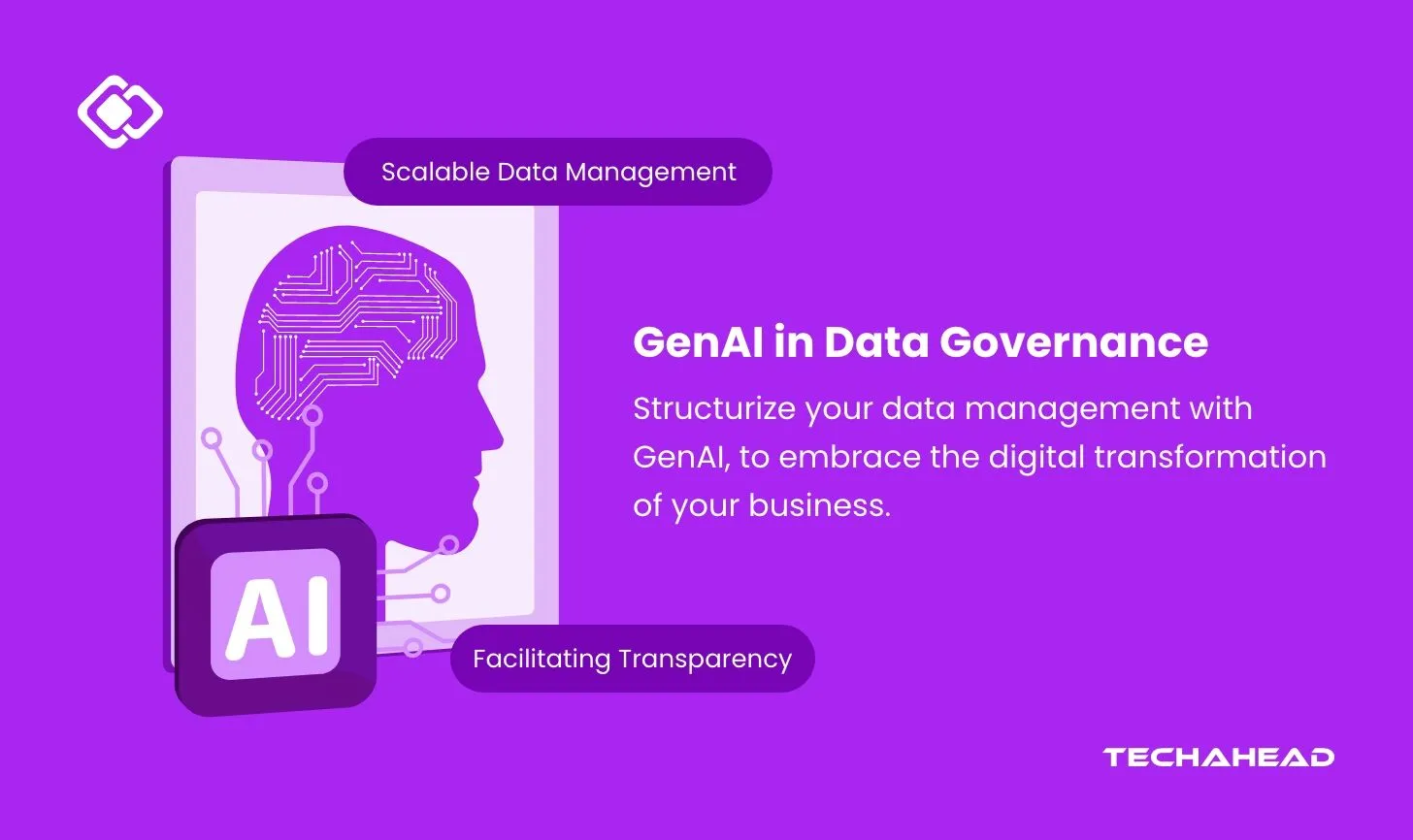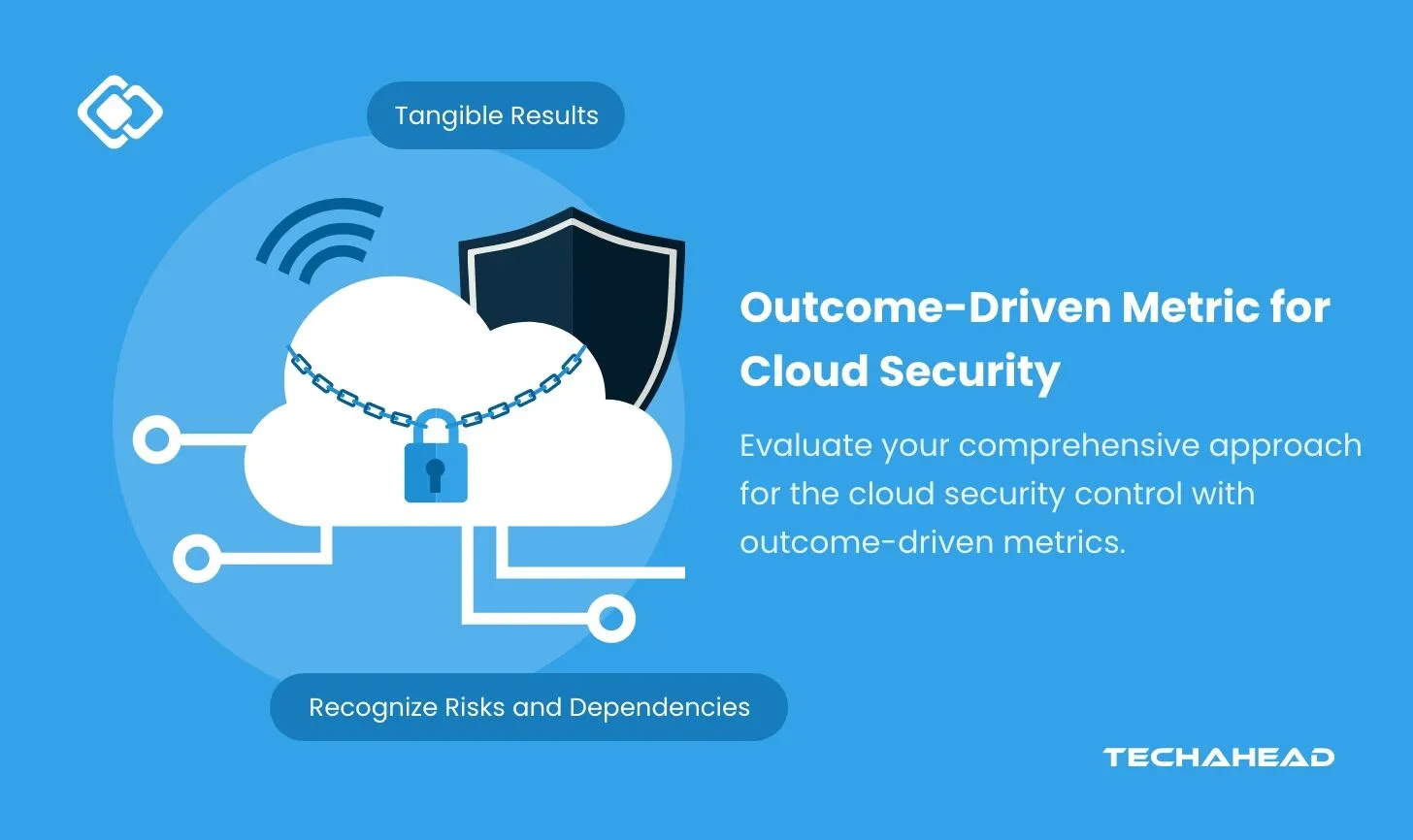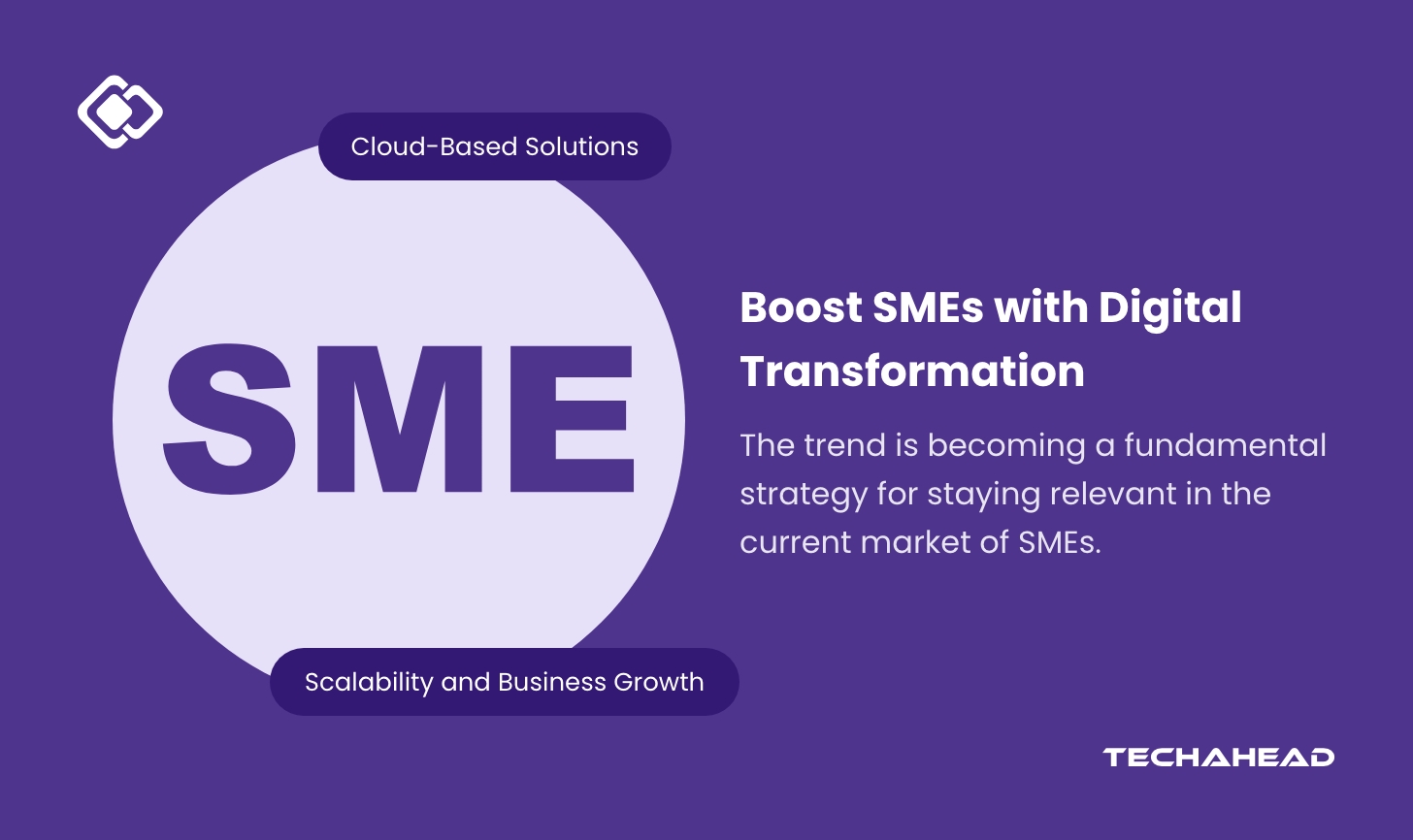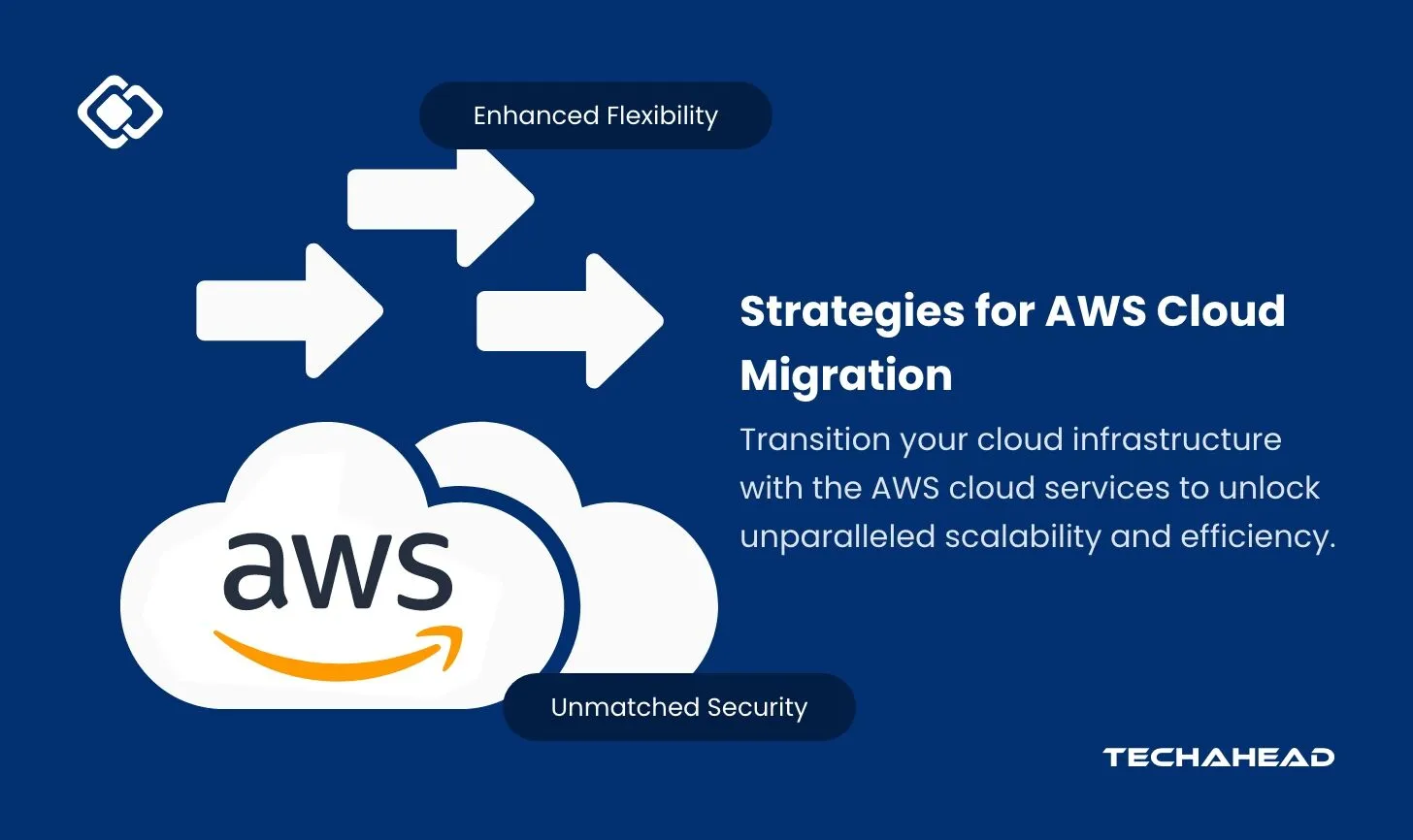The Roadmap to Modernization: Effective Technology Migration Strategies
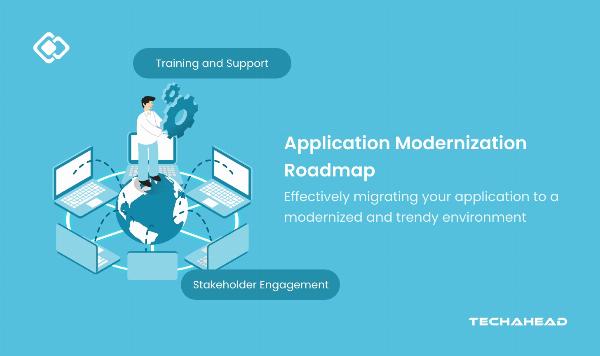
Strong 8k brings an ultra-HD IPTV experience to your living room and your pocket.
IT leaders are gearing up to increase their application modernization investments by an average of 42%, as outlined in the 2023 Gartner CIO Agenda. This surge in spending is driven by the urgent need to tackle technical debt and accelerate businesses toward their digital transformation goals.
Picture this: your business environment is like a Formula 1 race. However, with outdated legacy systems, you have to compete on a bicycle while others zoom ahead in high-speed race cars. It is easy to cling to the familiar: the old systems that are comfortable and predictable, but they are also holding you back.
Here’s the reality: more than 77% of mature companies that embarked on legacy modernization have experienced setbacks, failing at least one of their planned initiatives. These statistics serve as a powerful reminder of the complexity and challenges of modernization, underscoring the importance of a strategic and well-executed plan to navigate the transformation successfully.
Application modernization roadmap is essential for aligning technology with business objectives, driving innovation, and maintaining competitiveness in today’s fast-changing digital world.
Having a precise and comprehensive roadmap is crucial for navigating this complex process. It helps you assess current systems, pinpoint areas for enhancement, and estimate the required efforts for successful transformation.
This guide will walk you through the key components of an application modernization roadmap and explore the steps involved in crafting one effectively.
Key Takeaways
- Application modernization roadmaps are becoming a key way to develop or migrate your application with the current trends. This strategy will help you align technology with your business goals and drive digital transformation.
- A well-defined modernized roadmap needs accurate steps to follow. As it will help in assessing current systems and also enhance the process to manage all the risks effectively.
- For proactive management, the proper way is to overcome the challenges that come in your way while converting them into benefits for your business. If you can understand those challenges and adapt the best practices it will make you conquer any future goals you want.
What is the Application Modernization Roadmap?
An application modernization roadmap is a detailed plan that helps transform old or outdated software into modern, efficient systems.
A modernization roadmap for your mobile app will ensure that the efforts align with the business’s goals, follow best practices, and are carried out in an organized way.
The process is broken down into simpler phases, each with specific goals, tasks, and milestones to keep things on track.
The roadmap helps you:
- Review your existing applications to see which ones need updating, and understand their current features, technology, and connections.
- Evaluate the importance and condition of each application, prioritizing them based on how critical they are and how often they are used.
- Estimated the time, cost, and resources needed to modernize, so you can see the investment required and the expected benefits.
- Organize the modernization process by defining strategies, tools, and timelines, ensuring each phase is on track.
- Align the modernization with your business’s goals, industry standards, and compliance requirements, while managing risks and addressing challenges early on.
Steps in Developing an Application Modernization Roadmap
Step 1: Audit Your Current Infrastructure and Identify Your Needs
The first step in modernizing your application is to review your current IT setup, which includes the following:
- The hardware and software your organization is currently using
- Any integration issues you are facing between different systems
- Compatibility problems between various applications
- Outdated features that no longer function as expected
Your IT team, or a specialized partner like TeachAHead, can assess your existing architecture and create a forward-looking plan. However, they can only work with the information you provide, so it’s crucial to gather feedback from various departments about the software they use. Be sure to involve key stakeholders in these discussions. For customer-facing systems, talk to customer support teams and review Voice of the Customer (VoC) feedback.
Ultimately, your roadmap should show what’s working and what needs improvement. Without understanding the challenges, it is impossible to set priorities effectively.
Step 2: Explore Your Business and Technical Needs
Next, it is essential to explore your technology requirements by asking these key questions:
- Why is modernization necessary now?
- What challenges end-users are facing?
- What caused those challenges?
- Which changes will offer the highest return on investment (ROI)?
To gain a deeper understanding, conduct interviews with users and stakeholders, and utilize tools like SWOT analysis to assess the strengths, weaknesses, opportunities, and threats of each modernization plan. Be sure to consider important factors like app compatibility (both existing and future), current licenses, ongoing costs, potential security risks, the cost of new software, and your business priorities.
Step 3: Design Your Modernization Plan
Creating an effective modernization plan involves reviewing your requirements, defining your goals, and determining how to best allocate resources within your budget and timeline. Here are some common strategies:
- Refactoring: This approach involves updating your software without replacing the core code. It improves the internal structure of the system and resolves issues without needing a full rebuild.
- Rebuilding: This means completely overhauling your legacy systems from scratch. When planning a rebuild, clearly outline how all components will work together.
- Replatforming: This involves migrating parts of your application to a new platform with minimal code changes. It preserves the core code and is ideal for those not ready for a complete rebuild.
- Encapsulation: This method updates the interface of your legacy system while keeping the core infrastructure intact. New access layers are built to replace outdated code sections, with APIs connecting the old code to the new layers.
Step 4: Set the Development Methodology Plus Timelines
Choosing the right development tech stack methodology is crucial for your app modernization journey.
Usually, mobile app development companies use Agile methodology because of its flexibility. Whatever method you choose, using project management tools like Jira is key to tracking tasks and keeping the team aligned.
Prioritizing App Modernization
Modernization applications can be a long process, so it’s important to determine where to start. To prioritize, consider using the Eisenhower Matrix, which divides tasks into four categories: urgent and important, urgent and not important, not urgent and important, and not urgent and not important. This method helps you focus on the most critical tasks.
Typically, urgent and important tasks should come first, while important but not urgent tasks can be scheduled for later. You can also create a similar matrix to evaluate projects on impact vs. effort including both the time your IT team will spend and the financial resources needed.
Setting Timelines
After prioritizing your projects, establish a detailed timeline for your modernization roadmap. Make sure to include a buffer to account for delays and unforeseen challenges.
Step 5: Write Your Risk Management Plan
Rish is a natural part of any software project, and an application modernization roadmap is no different. When you update the core elements of your IT infrastructure, you face potential risks such as downtime, data loss, security breaches, and productivity losses. Additionally, there could be challenges as employees and customers adapt to the changes.
However, the risks of not modernization can be far worse, as relying on outdated systems will hinder long-term success. Your application modernization roadmap should identify potential risks and outline strategies to mitigate them, for example, if your migration could cause downtime, you should have a backup plan that allows users to access critical data and applications.
Step 6: Establish Key Performance Indicators (KPIs) to Measure Success
How will you know if your application modernization roadmap is successful? Establishing clear Key Performance Indicators (KPIs) is essential. These KPIs should measure important factors like speed, uptime versus downtime, security, and cost-effectiveness. You may also want to track customer satisfaction (CSAT) and other metrics tied to customer-facing app features to evaluate success.
Step 7: Carefully Design Your Cutover Plan
During your application modernization roadmap, the cutover period is crucial—this is when the new system takes over from the old one. To avoid disruptions, productivity losses, and frustrated customers, you need a well-crafted cutover plan.
This plan should outline all the tasks that must be completed before switching over. Ensure that all stakeholders receive a copy of the cutover checklist and understand the importance of each task. Also, make it clear that only authorized team members should make any changes to the production environment during the cutover period.
Challenges that Occur While Application Modernization Roadmap
Many organizations encounter significant hurdles when applying a modernization roadmap, which can derail their project’s success. One major obstacle is the absence of a well-structured application modernization roadmap.
Here are some common challenges organizations often face during the process:
Technical Debt
Legacy systems accumulated technical debt through outdated codebases, obsolete frameworks, and unsupported libraries. Tackling this technical debt demands extensive resources and time, making the application modernization roadmap more intricate and expensive.
Integration Complexities
Applications are often deeply intertwined with other outdated systems and processes, making it challenging to disentangle them for modernization in technology. Ensuring seamless integration and maintaining cross-system functionality during the transition requires meticulous planning and execution.
Data Migration Challenges
Transferring data from your old systems to modern platforms introduces complexities, such as potential data loss, corruption, or compatibility issues. Preserving data integrity throughout the migration is critical, necessitating advanced planning and reliable data migration solutions.
Skill Gaps
The specialized knowledge needed to manage and update your data is becoming scarce, as newer IT professionals are more adept with modern technologies. This skill gap can complicate the process of maintaining and applying modernization roadmaps.
Regulatory and Compliance Hurdles
Your systems often operate under strict regulatory and compliance standards. Ensuring that modernized systems remain compliant without interrupting service or exposing the organization to legal risks adds another layer of complexity to the application modernization roadmap effort.
Security Vulnerabilities
Older systems are more susceptible to security risks, as they may lack ongoing updates and patches. Modernizing these systems requires not only upgrading their features but also enhancing security measures to safeguard against modern threats.
Cost Overruns
The financial burden of the application modernization roadmap can be overwhelming. Budget overruns are common as unforeseen challenges arise, often requiring additional investment to address issues that weren’t anticipated in the initial plan.
This list emphasizes the importance of preparing a thorough application modernization roadmap to navigate these challenges and increase the likelihood of a successful modernization journey.
Read more about how much it costs to develop your mobile app development?
Best Practices for a Successful Application Modernization Roadmap Project
Undertaking an application modernization roadmap can significantly enhance a business’s competitiveness and operational efficiency. To ensure a successful modernization, consider these best practices:
Strategic Planning
Define Objective Clearly: Before diving into modernization, clarify what you aim to achieve. Align your project goals with your business strategies and consider how the changes will boost operations, enhance customer satisfaction, or increase profitability.
Develop a Detailed Roadmap: Create a comprehensive plan outlining each phase of the modernization process, including timelines, required resources, and expected results. Your roadmap should also anticipate potential risks and include strategies to address them.
Stakeholder Engagement
Engage Stakeholder Early: Involve key stakeholders such as IT personnel, end users, and executive leaders from the beginning. Their input ensures that the modernization meets their needs and secures their support, facilitating a smoother transition.
Maintain Regular Communication: Keep stakeholders updated on progress, challenges, and changes throughout the project. This transparency helps manage expectations and fosters a collaborative atmosphere.
Increment Approach
Pilot Testing: Test your application modernization roadmap strategies on smaller, non-critical applications before full-scale implementation. This approach helps identify potential issues early and allows for adjustments.
Phased Rollout: Implement the modernization in stages to minimize disruptions to ongoing operations. This phased approach allows for adjustments based on initial feedback and results.
Technology Selection
Choose Appropriate Tools and Technologies: Select technologies that meet current needs while being scalable and adaptable for future requirements. Consider factors like vendor support, community resources, and long-term viability.
Leverage Cloud Solutions: Utilize cloud computing technologies to enhance flexibility, scalability, and cost-efficiency. Cloud platforms often provide advanced security, compliance features, and disaster recovery options.
Focus on Quality and Testing
Rigorous Testing: Conduct thorough testing to ensure that modernized applications meet quality standards and business needs. This includes unit, integration, performance, and security testing.
Adopt CI/CD Practices: Implement Continuous Integration and Continuous Deployment (CI/CD) to automate testing and deployment processes, maintaining high quality and enabling rapid updates.
Training and Support
Provide Comprehensive Training: Equip employees with the necessary training and resources to adapt to new systems and technologies. This helps reduce resistance to change and boosts productivity.
Establish Ongoing Support: Set up a support system to address any issues post-deployment. This should include technical support, user documentation, and a help desk if needed.
Monitor and Optimize
Monitor Performance: Continuously track the performance of the application modernization roadmap to ensure they meet expectations. Use metrics and user feedback to evaluate success and make necessary adjustments.
Pursue Iterative Improvement: Treat modernization as an ongoing process. Regularly review and update applications to incorporate new technologies and improvements based on user feedback.
Compliance and Security
Ensure Regulatory Compliance: Make sure that modernized applications adhere to all relevant laws, regulations, and industry standards to avoid legal and financial repercussions.
Prioritize Security: Enhance security measures during the modernization roadmap process. Address potential vulnerabilities, implement up-to-date security protocols, and ensure secure handling of data.
Benefits of Well-Defined Application Modernization Roadmap
A well-crafted application modernization roadmap is crucial for ensuring the success of any project, especially in technology and business initiatives like application modernization. Serving as a strategic blueprint, it outlines the necessary steps to achieve specific goals over time.
Here are the key benefits of having a well-defined application modernization roadmap.
Clear Direction and Focus
An application modernization roadmap sets a clear path for the project’s direction, aligning the efforts of various teams and departments toward common objectives. It minimizes confusion and ensures that all stakeholders are working cohesively, reducing the chances of miscommunication and uncoordinated efforts.
Improved Planning and Resources ALlocated
Organizations can more effectively plan resource allocation with a well-defined application modernization roadmap. It enables managers to anticipate and allocate manpower, technology, and budget requirements across project phases. This foresight helps prevent resource shortages or bottlenecks that could hinder progress.
Enhanced Stakeholder Communication and Engagement
A detailed application modernization roadmap fosters better communication across all levels of the organization. By outlining project phases and expected outcomes, it keeps stakeholders informed and engaged throughout the process. This transparency builds trust and smoothens the change management process as the project evolves.
Proactive Risk Management
Identifying potential risks and embedding mitigation strategies within the roadmap can drastically reduce their impact. This proactive risk management approach helps avoid costly disruptions and ensures that the project remains on track, mitigating unforeseen challenges before they escalate.
Facilitates Benchmarking and Performance Measurement
An application modernization roadmap allows organizations to set benchmarks and performance metrics, enabling ongoing assessment of the project’s progress against its goals and timelines. Regular evaluation of these benchmarks helps identify any areas where the project may be falling behind and allows for timely course corrections.
Boosts Efficiency and Productivity
When everyone understands the plan and their role in it, teams can operate more efficiently. An application modernization roadmap minimizes the need for repetitive meetings to clarify or realign goals, saving time and boosting overall productivity by keeping everyone on the same page.
Adaptability to Change
While an application modernization roadmap provides a structured approach, it also offers flexibility. A well-designed modernized roadmap includes checkpoints for revisiting strategies and adapting to new information or market shifts, ensuring the project remains relevant and agile in the face of change.
Long-Term Strategic Alignment
A roadmap aligns the project with the business’s broader strategic goals. Ensuring that project outcomes support the company’s long-term objectives, improve return on investment, and contribute to sustained growth, positioning the organization for future success.
Increased Confidence Among Investors and Stakeholders
For projects that require external investment or are under scrutiny, a well-defined application modernization roadmap builds confidence. It demonstrates the business’s commitment to a clear vision and outlines the steps it will take to achieve that vision, reassuring investors and partners of the project’s viability.
Facilitates Continuous Improvement
An application modernization roadmap makes it easier to gather feedback and implement improvements by clearly laying out the project’s steps and expected results. This iterative process drives innovation, enabling the organization to continuously enhance processes, products, or services, thereby staying competitive in the market.
Adopting a well-structured roadmap for your application modernization will help you navigate the complexities of your project with greater confidence. It will also ensure alignment with strategic goals and deliver measurable success.
Conclusion
Creating an application modernization roadmap is crucial for updating legacy systems. It involves thorough analysis, strategic planning, and careful execution.
Application modernization is an important step in your company's transformation. To get the best results, you need to deeply analyze your business needs, competitors, digital assets, goals, and industry.
Creating an application modernization roadmap allows you to communicate, stay focused on your product vision, prioritize investments that drive the most revenue, and avoid costly issues along the way.
A well-planned roadmap is key to staying competitive, unlocking new value, and building a more resilient and future-ready organization.
Source URL: https://www.techaheadcorp.com/blog/application-modernization-roadmap/
Note: IndiBlogHub features both user-submitted and editorial content. We do not verify third-party contributions. Read our Disclaimer and Privacy Policyfor details.



